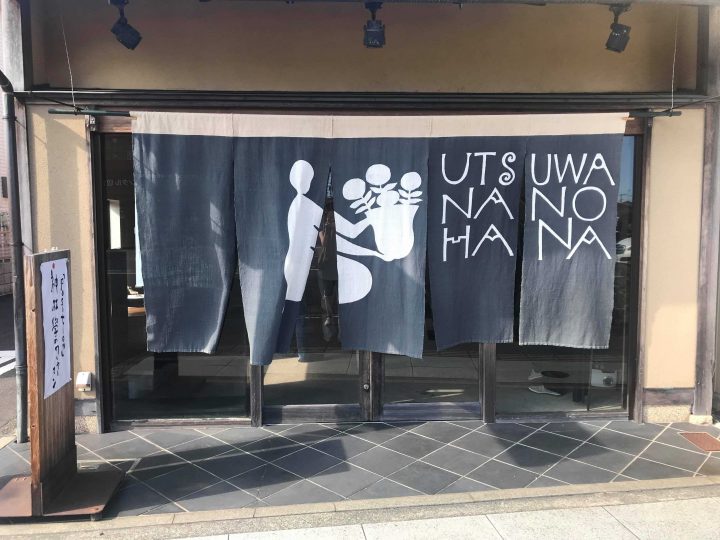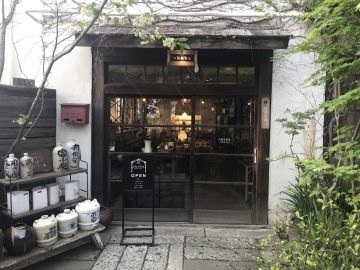Art connects people and towns to the future
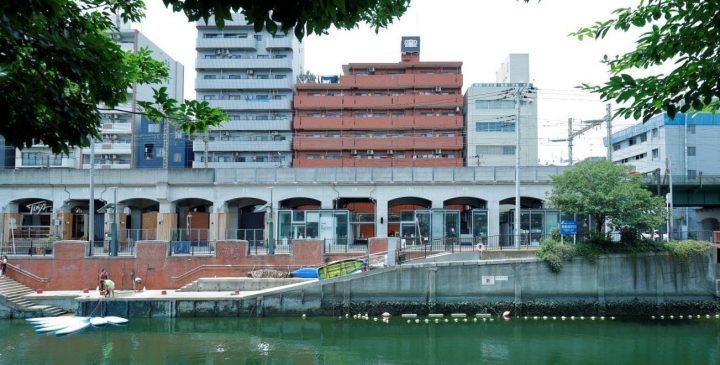
Koganecho Area Management Center x Artists
The nonprofit organization "Koganecho Area Management Center" was established in 2009 with the vision of "urban development through art." What efforts have they made to revitalize the Koganecho area after the crackdown on illegal adult entertainment establishments? We spoke with the organization's executive director, Shingo Yamano, and artist Risa Tsunegi, who is participating in the artist-in-residence program.
A former entertainment district transformed into a city of art
A few years ago, before the nonprofit organization Koganecho Area Management Center (KAMC) was founded, the area around Koganecho was known as an entertainment district. Along the elevated railway between Keikyu Koganecho Station and Hinodecho Station, there were about 250 special restaurants and bars that offered prostitution and other services, and the deterioration of the living environment was a major problem. In 2005, the Kanagawa Prefectural Police carried out Operation Bye-Bye, a simultaneous crackdown on special restaurants and bars. KAMC Secretary General Yamano Shingo looks back on that time as follows:
"The 2005 raids were successful, but many vacant houses started appearing and the area had become almost abandoned. As they were considering what to do with those houses, the idea of utilizing them for culture and the arts while improving the town's image started."
Yamano-san originally worked in creating exhibitions in non-exhibition spaces. He visited Koganecho in 2008 as a person in charge of planning an art event as a stepping stone to revitalizing the town. He held the art festival "Koganecho Bazaar 2008" in the "town center" of the Koganecho area, including a newly built studio under the elevated railway and an empty store on the main street. Following the success of this event, KAMC was born in 2009.


Utilizing vacant houses as a place for creative work and exhibitions
Artist in Residence
"Scary" and "dangerous." In order to "revitalize" an area with such an image, it was essential not only to clean up the town, but also to improve its image to eliminate the previous impressions.
"I realized it wouldn't be easy, and that it would take time. When we first started, sometimes people would break the windows when they realized it was our facility. It was such a scary area, so at first, artists wouldn't come unless we asked them."
Artist-in-Residence (AIR) is an initiative that has been a core part of KAMC's activities since its founding. It involves renovating vacant houses along the elevated road and allowing artists to use them as a place for creating, exhibiting, and staying. As the town's environment has improved, the number of participants has increased, and currently there are about 50 groups of artists participating at all times. Risa Tsuneki, an artist who has been participating since 2018 and creates three-dimensional works, explains the appeal of AIR:
"Compared to Tokyo, costs are lower, and there is a large workshop that can be used whenever necessary. It's also great to be surrounded by other artists. Even though we are in different fields, we consult with each other and receive encouragement. Since participating in the Koganecho Bazaar in 2019, my interactions with other artists have deepened. I've also had more interactions with people in the town, and the older men in the shops have given me information about other shops... I've been able to make those kinds of connections."
It appears that communication is expanding not only among artists, but also with local people.

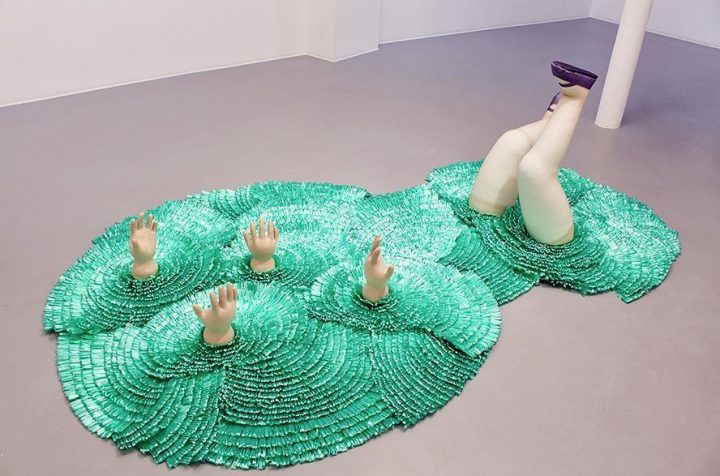
The community that artists have connected with nature
"Urban development through art" may sound like an abstract phrase, but KAMC's activities have been producing definite results, step by step. We asked Yamano what kind of impact art has on towns and local people.
"For example, before creating a work, the artists thoroughly research the area. They investigate the area themselves and talk to the local people, and then turn that information into a work. In the process, the artists and the local area are connected... I feel that the artists are naturally building relationships that are beyond our reach. Of course, art has an impact on the local area, but I also believe that artists have an impact on the town."
On the other hand, Tsuneki shook his head and said he didn't feel like he was playing a part in developing the town. Yamano continued:
"There's no need for artists to think about what they should do to help develop the town. It's fine if what you do without thinking about it ends up being what it should be."
New challenges amid the COVID-19 pandemic and the future of Koganecho
In response to the COVID-19 pandemic, which prevented overseas artists from visiting Japan, the team also tried "remote production" in 2020. They attempted a new form of production in which artists in Koganecho gave form to works by overseas artists while communicating online. Tsuneki, who participated in the remote production, reflected, "For the artist, even after the work is completed, it feels like a virtual experience. He can't actually see the finished work. I'm usually the type of person who creates "something" such as a three-dimensional object, so this was very new for me."
Despite the effects of the COVID-19 pandemic, 12 years have passed since KAMC was established, and the Kogane-cho area has been reborn to the point where children can be seen running around. Yamano-san also seems to have ideas for his next endeavor.
"Not only our industry, but theaters, movie theaters, the food and hospitality industry, and others have been hit hard by the COVID-19 pandemic. There are many such facilities in the neighborhood as well. I'm thinking hard about how I'd like to work with such organizations in the future. When we founded the NPO, we painted a picture of what we wanted this town to be like in 10 years' time, and I think that's actually turning out pretty well. So I'd like to paint another picture of what it will be like in the next 10 years and move forward."
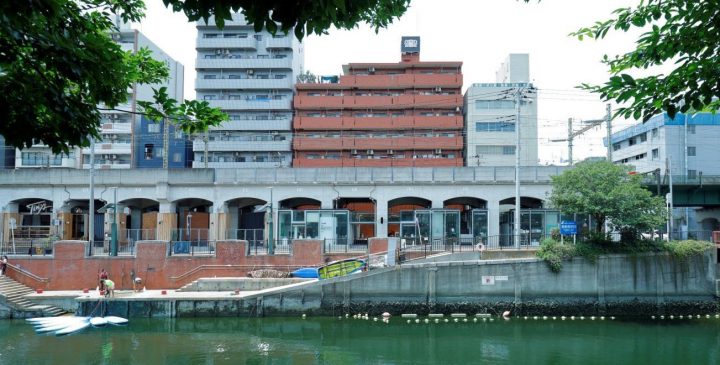
●PROFILE●

Koganecho Bazaar Director
Shingo Yamano
Born in Fukuoka Prefecture in 1950. Graduated from Bigakko Copperplate Printing Department in 1971. Active as an artist based in Fukuoka since the 1970s. Also presides over the IAF Art Research Lab and plans exhibitions. In 1990, produced Museum City Tenjin, an art exhibition that used the town. Since then, he has been involved in numerous art projects and workshops on the theme of "town and art." In 2005, he served as curator for the Yokohama Triennale 2005.

Artist
Rihaya Tsuneki
Born in Gunma Prefecture in 1982, he lives in Kanagawa Prefecture. He studied painting at Chelsea College, University of the Arts London, and completed his MFA at Glasgow University of the Arts in 2009. His major exhibitions include "Koganecho Bazaar" (Kanagawa, Japan) in 2020 and 2019, "Causality and synchronicity" at The Container (Tokyo), and "OUT OF BOUNDS" at Bloc Projects (UK) in 2019.
●EVENT INFORMATION●
Koganecho Bazaar 2021 - How to make a side-by-side
The theme of this year's 14th Koganecho Bazaar is "How to make a side-by-side."
The 12 selected guest artists and 29 participating artists of Koganecho AIR will create and perform works in the town of Koganecho.
There will be an exhibition.
Period: October 1st (Fri) to 31st (Sun) 2021 [27 days in total] Closed on Mondays
Venue: Studio under the elevated tracks between Hinodecho Station and Koganecho Station on the Keikyu Line, surrounding studios, local shops,
Outdoor open space, etc.
Organized by: NPO Koganecho Area Management Center / Hatsukoi-Hinodecho Environmental Cleanup Promotion Council
Artist in Residence (AIR)
Koganecho AIR is aimed at people active in the creative field, regardless of nationality or genre, and offers opportunities for production and writing.
We are providing a forum for searches and presentations. Starting September 1st, we are accepting applications for residents to move in from November onwards.
(Application deadline: September 30th)
Koganecho Area Management Center Website

Showcase Gallery Collaborative project with Koganecho Area Management Center
Risao Tsuneki
Dates: Saturday, September 25, 2021 - Sunday, December 12, 2021
Closed: 9/27, 10/25, 11/22
Time: 9:00-21:00
Admission: Free
Venue: Yokohama Civic Gallery Azamino Entrance Lobby
